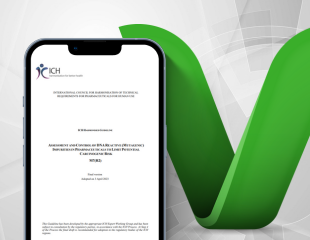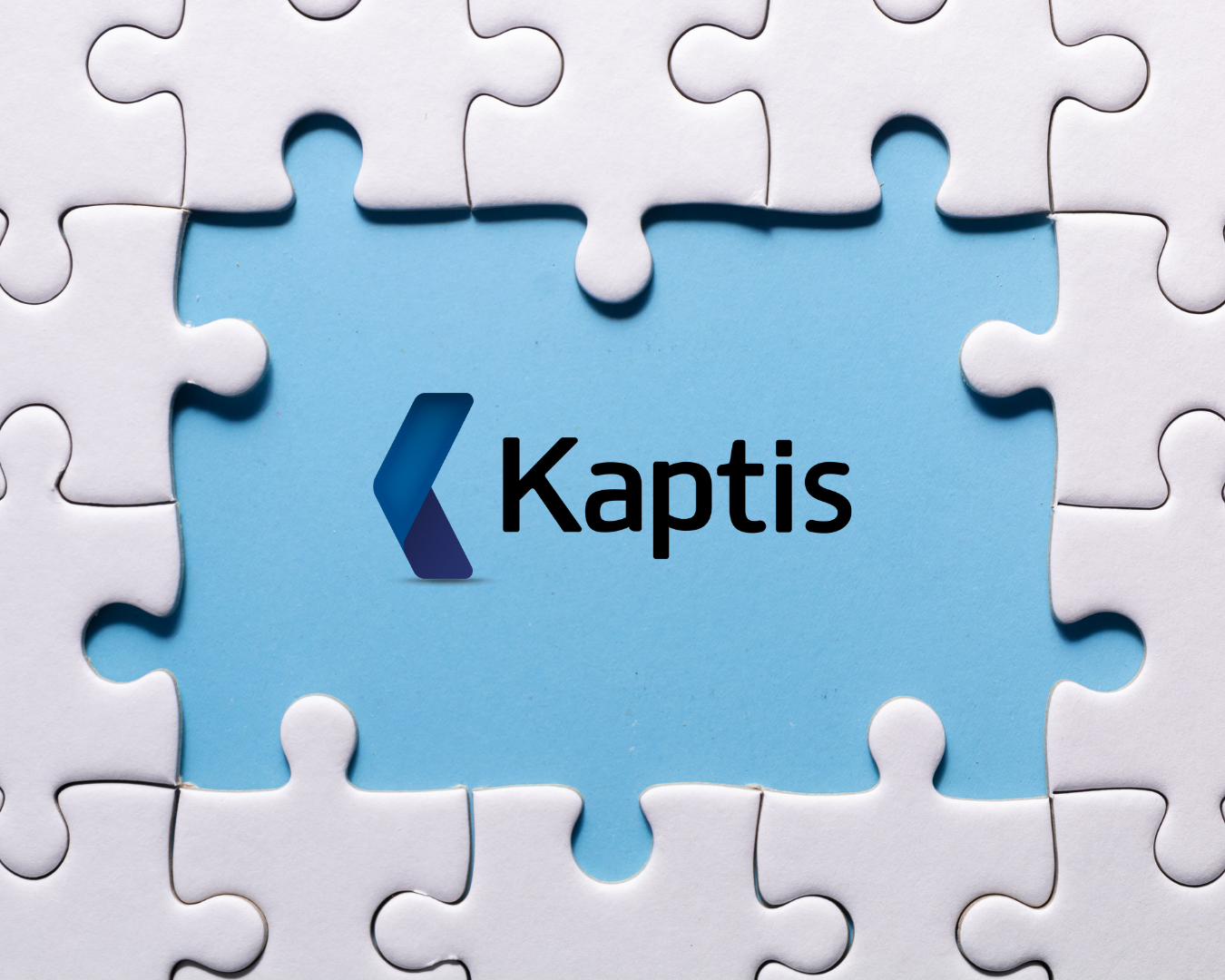The recent discovery of N-nitrosamine (nitrosamine) impurities in several marketed pharmaceuticals has led to a requirement for further investigation into nitrosamine mutagenic and carcinogenic activity. Updated regulatory requirements mean that marketing authorisation holders for human medicines, containing chemically synthesised active substances, must review their medicines for the possible presence of nitrosamines and test all products at risk. Risk-based approaches to prioritise evaluations and subsequent confirmatory testing may be used.
These assessments must be completed by October 2020, generating a significant challenge for the pharmaceutical industry.
Over the last 37 years, Lhasa has developed significant experience in the production of in silico tools for use in the risk assessment of DNA reactive (mutagenic) impurities under the ICH M7 guidelines. As a result, we are now well placed to actively collaborate with our members and engage with regulatory authorities, in order to improve understanding of nitrosamines and ultimately to update Lhasa’s software tools to facilitate the risk assessment of this class of compounds.
Read on to learn about Lhasa’s active areas of research on this topic.
Ensuring comprehensive coverage of mutagenicity and carcinogenicity data for N-nitrosamines from public and proprietary sources.
The Vitic 2020.1 toxicity database was released on 28th May 2020 and contains 518 nitrosamines, 411 with Ames test data, 234 with rodent carcinogenicity data and 184 with both Ames and rodent carcinogenicity data. The Lhasa Carcinogenicity Database (LCDB) contains 139 nitrosamines, of which 48 have both Lhasa TD50 values and Carcinogenic Potency Database (CPDB) TD50 values. A poster detailing further analysis of this data was due to be presented at the Society of Toxicology 59th Annual Meeting, however this event was cancelled due to COVID-19. A video overview of the poster is available on Lhasa’s LinkedIn page and the full poster is available here. The collection of this data allows for the investigation of the relationships between the Ames test and carcinogenicity for nitrosamines. Where sufficient data for both mutagenicity (established using the Ames test to modern standards) and carcinogenicity (demonstrated using a reliable study with sufficient animals/doses/controls etc.) is available, initial results indicate that the concordance is generally good; in the few cases where a discrepancy is seen, this discrepancy can be understood on mechanistic grounds. A journal article on the data gathering and analysis has been submitted for publication and we are current awaiting reviewer feedback.
While Ames data on nitrosamines has been gratefully received from several Lhasa members, we are keen to increase the data available for (quantitative) structure activity relationships development, data sharing. We’ve outlined a few of the benefits of data sharing here.
Refining structure activity relationships (SAR) for the mutagenic and carcinogenic potential of N-nitrosamines.
Refinement of the structural alerts in Derek Nexus, for the mutagenicity and carcinogenicity endpoints for nitrosamines, has been completed using the data collected in Vitic and the LCDB (as discussed above). The following structural features have been observed to significantly reduce nitrosamine carcinogenic potency: tert-butylamine or aromatic amine-derived nitrosamines, nitrosamines substituted at both alpha positions, nitrosamines contained in small rings, nitrosamines substituted with carboxylic acid groups anywhere and nitrosamines substituted with electron-withdrawing groups at the beta position. Exclusions from existing Derek Nexus alerts of some of these sub-classes of nitrosamines, based on consistently negative experimental data and supported by mechanistic rationale, have been implemented. Further analysis, based on new industry generated data, could lead to further refinement, or promote the separation of the current nitrosamine alert into a series of more specific substructure alerts for nitrosamines. Sarah Nexus has been updated with the new nitrosamine data collected in Vitic. The latest versions of Derek Nexus and Sarah Nexus (incorporating these changes) were released on the 11th June 2020.
Understanding the processes that can lead to the presence of N-nitrosamine impurities in drug products.
The purge assessments of nitrosamines within oxidative and reductive transformations present in the Mirabilis Knowledge Base, have been augmented to include further justification for the Mirabilis consortium assigned reactivity purge values. This updated Knowledge Base was released on 15th April 2020 and also includes additional literature and mechanistic justifications for the predicted purge values to facilitate expert review. For transformations where there is a lack of publicly available data and a variation in reaction conditions, a conservative call of a purge factor of 1 has been applied to calculate a reactivity purge for each identified impurity.
Lhasa have successfully applied for a CASE PhD studentship with the University of Leeds as the academic partner. Our proposed research focuses on using competition and kinetic experimentally generated data to aid purge prediction, focusing initially on nitrosamines.
We have also been proactively researching mechanisms of nitrosamine formation during API synthesis and a publication is ready for submission on this topic. We anticipate that this publication will be a useful reference when accessing the risk of nitrosamine formation.
Both nitrates and nitrites are common nitrosating impurities that can be found in excipients. It is therefore important to assess the levels of nitrates and nitrites within excipients in order to assist in establishing the level of risk posed by these impurities. In order to generate a comprehensive and robust data set Lhasa is coordinating consortium activities within the pharmaceutical industry.
Further information
This brief overview provides an insight into the activities Lhasa is currently undertaking to help our members to perform risk assessment for nitrosamines.
If you would like more information on these topics, we think you will be interested in two upcoming webinars:
1. Controlling a cohort – Understanding the risk of nitrosamines within drug substance synthesis
Dr. Michael Burns, Senior Scientist at Lhasa will present on the topic of, understanding the risk of nitrosamines in drug substance synthesis.
2. Do all nitrosamines pose a significant level of genotoxic risk?
In this webinar, Lhasa Limited Senior Scientists Dr. Rachael Tennant and Dr. David Ponting will discuss the mutagenic effects of nitrosamines, and the correlation with carcinogenic potential. Including, describing trends in the structure-activity and structure-potency relationships of these compounds that can be determined from available data, and how this can be used to improve in silico prediction models.
To understand more about the background of the updated nitrosamine regulations and the resulting risk assessment process, there are a series of great videos created by Lhasa member Fernanda Waechter (Aché) available via the below links:
Nitrosamines risk assessment: Why?
Nitrosamines risk assessment: Step 1
Nitrosamines risk assessment: Step 2
Last Updated on January 9, 2025 by lhasalimited



